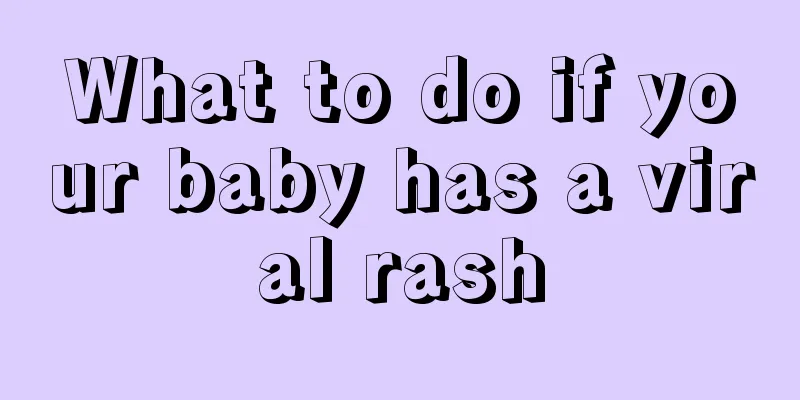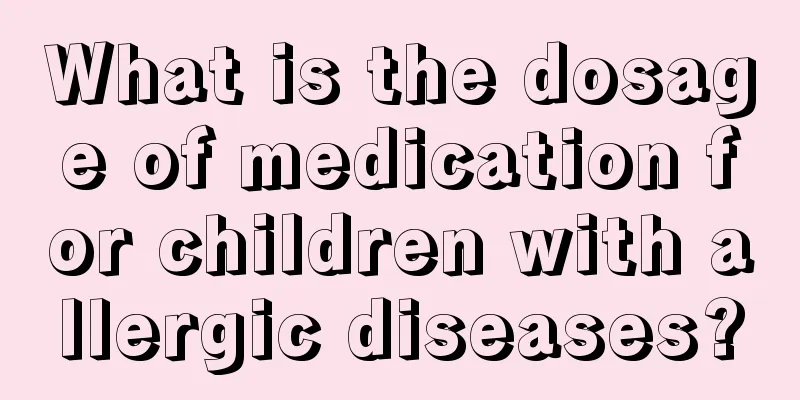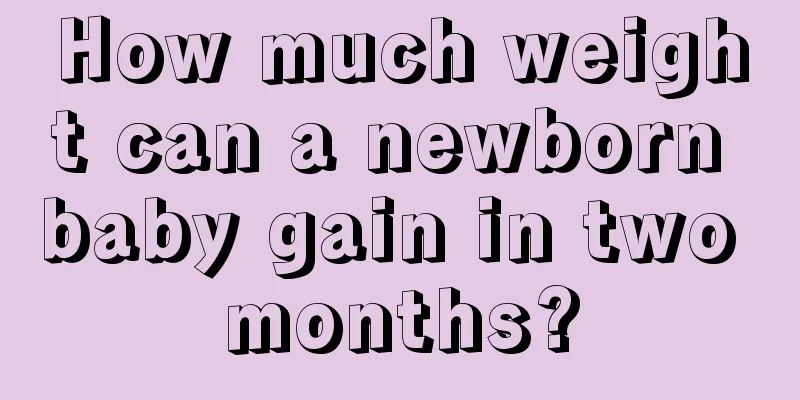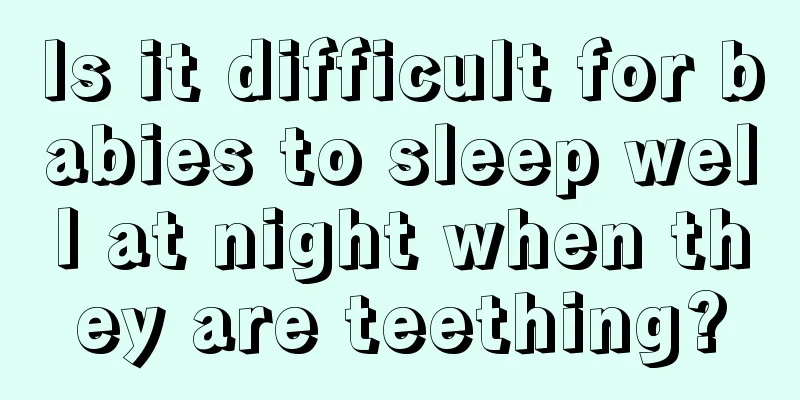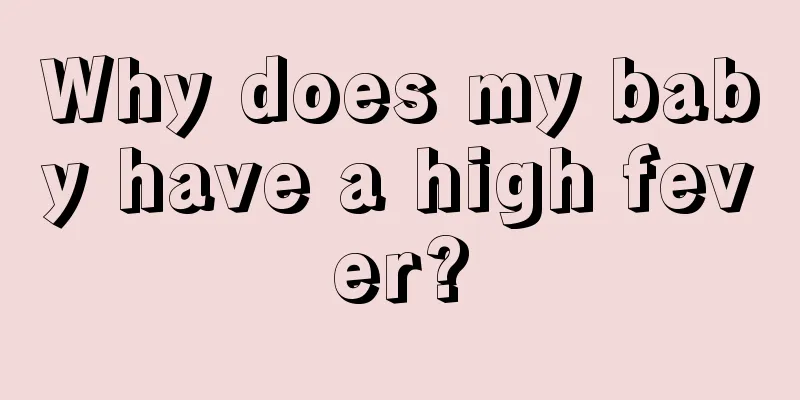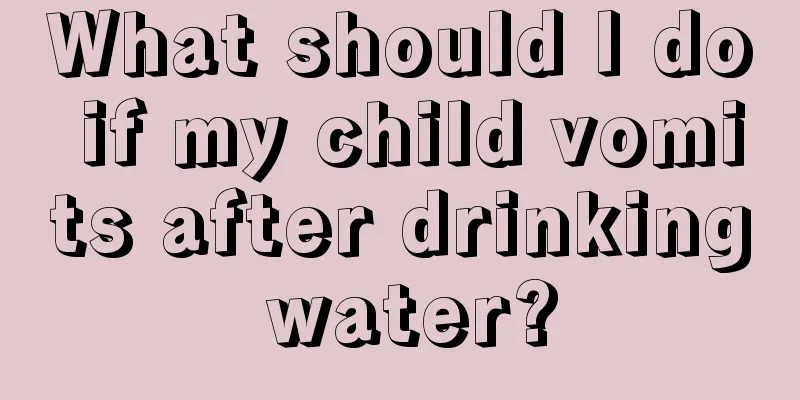How to rule out giant intestinal congestion in babies

|
Many people don’t know how to eliminate giant enterocolitis in babies. Most babies' megacolon is congenital. One to two days after birth, the fetus will excrete very little or even no feces, sometimes accompanied by symptoms such as abdominal pain, bloating, nausea, and vomiting. Due to insufficient nutrient absorption, there will be gradual weight loss. If the above symptoms occur, parents should pay attention and go to the hospital for diagnosis and treatment in time. Let’s take a closer look at how to eliminate giant intestinal knots in babies. Children are an important part of the family. Once a child has vomiting, abdominal distension, and difficulty defecation, some friends who have come into contact with or heard of congenital megacolon will worry whether the child has the disease. In fact, you don’t need to be too nervous. Ordinary constipation can also cause difficulty in defecation, which is very similar to congenital megacolon. To rule out the possibility that the baby has Hirschsprung's disease, you should look at the symptoms. If it is constipation, you can use laxatives or external enema to help with bowel movements. Moreover, the symptoms will not last long and bowel movements will return to normal afterwards. Parents and friends can rest assured. If it is congenital megacolon, the symptoms will not stop and continue to worsen, so you should seek medical attention immediately. In addition, congenital megacolon should be distinguished from peritonitis. If the child is constipated and vomiting, it may be caused by sepsis. The child can go to the hospital for an X-ray. If the distinction cannot be clearly made, a barium enema can be done to confirm the diagnosis. There are many diseases with similar symptoms to Hirschsprung's disease, and we should rule them out. See if the child has Hirschsprung's disease. If a child has vomiting and abdominal distension, it may also be congenital intestinal malrotation. At this time, the child's stool is normal and he goes to the hospital for a barium enema. If the doctor finds a problem with the right colon, such as the colon is in the wrong position, and excludes congenital megacolon, it may be congenital intestinal malrotation.There are many ways to rule out Hirschsprung's disease, but the most scientific way is to seek medical attention promptly when symptoms appear and never take it lightly. |
<<: How to treat hand, foot and mouth disease blisters
>>: The earliest symptoms of giant intestinal tuberculosis in babies
Recommend
What causes sacrococcygeal teratoma in newborns?
I believe that many parents do not want to see sa...
The baby accidentally ate tobacco
If there are children at home, you must ensure th...
Outdoor activities can develop 3 abilities in children
Babies all like to play. If you take your childre...
What are the symptoms of enlarged tonsils in children?
Young children's immunity is relatively imper...
Can childhood convulsions heal on their own?
Tourette syndrome is a disease that is very commo...
Are there risks in children's strabismus surgery?
Strabismus is a very common phenomenon in childre...
What is the principle of children's spring cough
Spring is the peak season for children to get sic...
Healthy recipes for six-year-olds
The physical growth of preschool children is very...
My baby spits out a lot of phlegm. Is it ok?
Children have poor physical resistance and their ...
What to do if your child coughs while sleeping but not at other times
There are many children who are very normal durin...
What causes chapped lips in children?
Since children are still young and have not fully...
Why does my baby have cold feet when he has a fever? Let you know the real situation
When the baby has a high fever, parents should pa...
Lymph nodes on the neck of a child
We all know that the neck is the most prone place...
What to do if your child doesn't like to drink milk powder
Newborn babies mainly rely on breast milk for nut...
An eight-year-old girl has a painful lump in her breast
The breasts of an eight-year-old girl are in the ...

